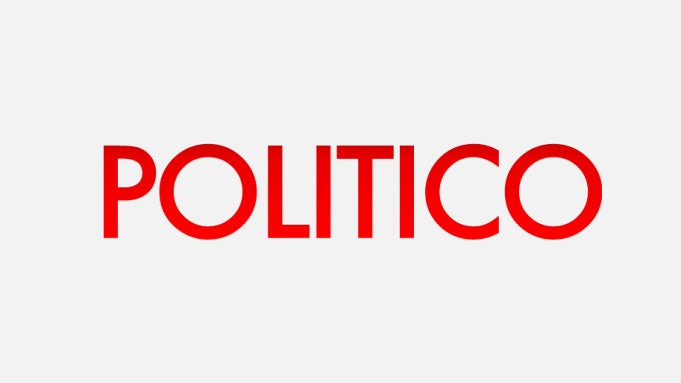THE U.S. AND EU HAVE A DEAL ON STEEL. WHAT NOW?: The monthslong negotiations to resolve a dispute between Washington and Brussels over steel and aluminum tariffs came to an end this weekend, when the Biden administration agreed to allow a predetermined amount of EU exports into the country duty free without removing the tariffs altogether.
But that’s not the part of the deal U.S. officials really wanted to highlight. The longtime allies also agreed to develop a plan for confronting China over both its excess steel capacity and its production of carbon-intensive steel. It’s an acknowledgment, leaders said, that their trans-Atlantic partnership is strongest when they fight a shared enemy and not each other.
Much yet to discuss: Despite much backslapping during the G-20 gathering in Rome, the two sides have only publicly pledged to meet at the negotiating table — not to take specific steps that address the problems directly. Those details will need to be worked out over the next two years as they aim to reach a deal by 2024.
Carbon concerns:To date, the U.S. and EU approaches to restricting carbon-heavy imports have not been compatible, raising concerns about future trade disputes. The initial move toward a deal will ease those concerns for now, but, needless to say, their next steps will be watched closely.
To read the full article on Politico, please click here.

